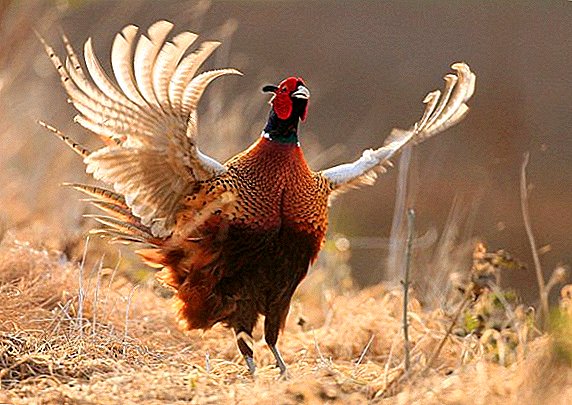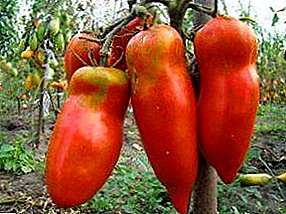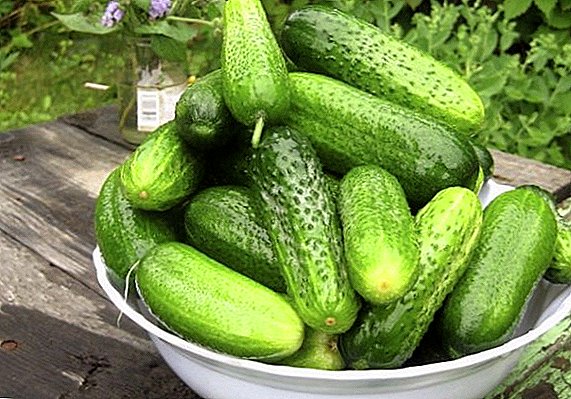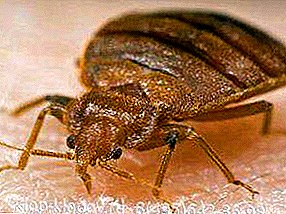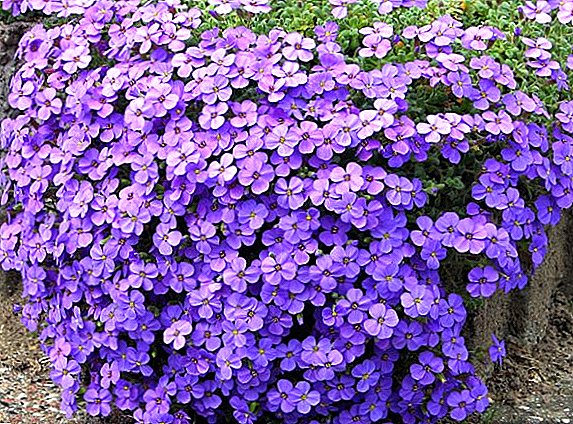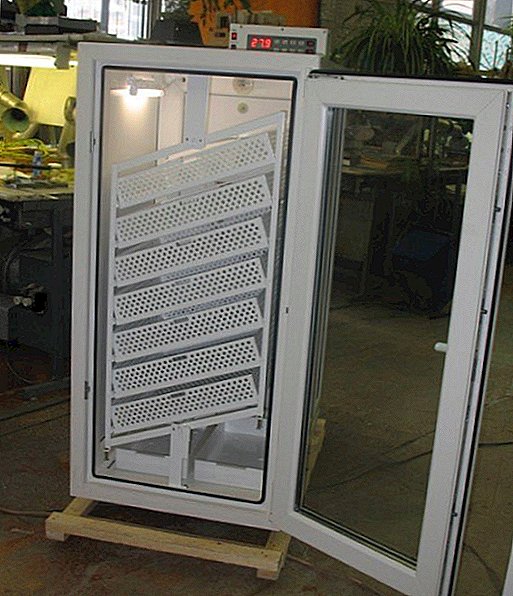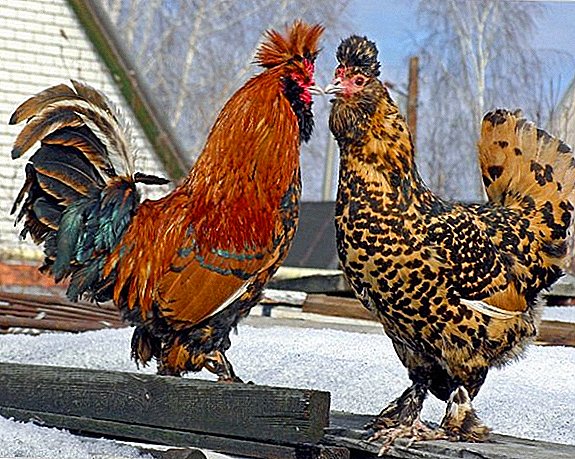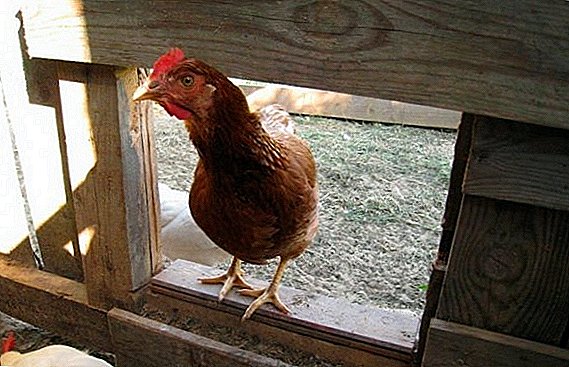 At the present stage of development of the poultry industry, the arrangement of the chicken coop is a very topical issue. In this regard, it is advisable to consider in more detail the process of ventilation in order to achieve the most positive effect from raising poultry. This will be discussed later in the article.
At the present stage of development of the poultry industry, the arrangement of the chicken coop is a very topical issue. In this regard, it is advisable to consider in more detail the process of ventilation in order to achieve the most positive effect from raising poultry. This will be discussed later in the article.
Why do you need ventilation in the hen house
Like any other room for keeping animals and birds, the chicken coop must be ventilated. It should be understood that the regularly accumulated waste products of birds cause an unpleasant odor and increase the level of carbon dioxide. 
Important! The simplest ventilation system installed in the hen house will help solve the problem of the removal of toxic fumes, ensuring that the room circulates clean air.The circulation process allows you to control the temperature and humidity in the room. This contributes to the normal development of the bird and helps to increase the economic efficiency of its breeding process.
Make ventilation in the cellar and in the pigsty.
Consequences of the lack of air circulation
Although poultry farming is a fairly common occupation, farmers often ignore the fact that the bird house needs regular airing. This is due to the fact that during the breeding of birds in the chicken coop, the level of carbon dioxide rises, which may entail not only the appearance of an unpleasant smell, but also a loss of egg production and the appearance of diseases in birds. In addition, thanks to the ventilation in the room you can control the temperature. The indicator of this parameter is very important, because the chicken's organism does not tolerate heat very well.  If there is no ventilation in the hen house, then such effects as:
If there is no ventilation in the hen house, then such effects as:
- loss of appetite in chickens, weakness and weight loss;
- negative dynamics of egg production;
- reduced immunity;
- negative changes in temperature and humidity in the room.
How to make ventilation in the hen house with your own hands
There are several types of ventilation systems that are acceptable to bird housing, among them natural, forced-air and forced. Of course, each of them differs in the ways, methods, and tools used for airing.
Learn how to make a nest for chickens, roost, as well as make and equip a chicken coop.
Natural ventilation in the hen house
This method is very simple. To carry out the natural circulation of air in the room, you just need to open the window and the door in it, which are located opposite to each other. However, it should be remembered that while in the winter season there can be a significant loss of heat in the room. This will entail additional financial costs for heating homes for birds. Diagram of natural ventilation in the hen house.
Diagram of natural ventilation in the hen house.
Supply (exhaust) ventilation in the hen house
This ventilation is called forced-air and exhaust and is the most optimal for the maintenance of the chicken coop, because it is a convenient system of air circulation. For its installation it is necessary to place two pipes parallel to each other. Thus, on one of them air will flow into the room, and on the other - out of it.
Important! For the manufacture of ventilation, you can buy plastic pipes with valves of both round and rectangular cross-section. The flap and the case itself are included in the package.
To organize such a hood, you must perform the following sequence of actions:
- First you need to measure the distance from the floor to the ceiling. Then, using a hacksaw, saw off a part of the plastic pipe so that its upper end is located above the roof at a height of 20-30 cm, and the lower one - at a distance of 20 cm from the floor of the room. This design will perform the functions of the supply pipe.
- After that, it is necessary to saw off another part of the pipe so that its upper and lower ends protrude 20-30 cm from different sides of the roof. This will be an exhaust pipe.
- For installation you need a drill with drills. With their help, you can make holes in the roof and install pipes.
- After that you can eliminate the gaps with mineral wool. It must be attached to the pipe with wire and wound around the pipe.
Read the rules for choosing chicken coops when buying, and find out why there is need for ventilation.
- Then you should fill the resin roof at the joints and install horizontal rails on the ends of the pipes. This can be done with the help of special building corners. Then it is necessary to attach to each of the pipes 2 rails with 4 corners on them.
- At the next stage of the preparation of ventilation should be made valve. To do this, cut a rectangular billet out of the tin, insert it between the slats so that it slides up and down along the corners, performing its direct functions. Such a damper will serve as a regulator of the ventilation system, and in the winter season it can be covered so that the temperature in the room does not decrease.
- In order to prevent dust and rain from entering the chicken coop, the ends of the pipes are made L-shaped. Subsequently, this design can be improved with the help of electric fans, which will accelerate the movement of air flow.
Video: ventilation in the hen house
Important! If you want to replace plastic pipes with metal ones, you will first have to install a solid roof, since such a structure is attached directly to it.
Forced (mechanical) ventilation in the hen house
Being common among many poultry farmers, mechanical ventilation is useful for installation in a private henhouse. To install it, you need to purchase a fan, which is subsequently mounted in a window or room window.
Important! If there is no window in the room, you can mount the fan in a wall or chimney.It should be noted that if less than 100 individuals live in the hen house, this type of ventilation will be associated with high energy costs, which will reduce the economic efficiency of such an economy.

Features of winter ventilation in the hen house
The most practical option when maintaining bird housing in the winter is the supply and exhaust ventilation. Even if you installed it in the summer, it is always possible to improve the design, making it suitable in the winter. You can use the supply and exhaust system described above. For the construction of its necessary pipes. Their number depends on the area of the room. So, if it is less than 9 square meters. m, it can be limited to one pipe.
Read also about the egg, fighting and ornamental breeds of chickens.In addition, in the winter time, built-in forced ventilation systems will be relevant. A feature of the installation of such ventilation is that it is necessary to carefully check and the health of electrical equipment, and the presence of cracks after installation, since the penetration of a draft into bird housing can lead to the appearance of diseases and a decrease in egg production.
Important! In the absence of the possibility to purchase a plastic pipe, it is allowed to use wooden boxes. During installation, they must be plastered and painted, thereby closing the slit holes.
 With proper care for the livestock of poultry, it is necessary not only to take into account the size of the room, but also to comply with the temperature regime of keeping, so it is important to install a ventilation system in a timely manner. To select the desired one, you should be guided by the number of birds you intend to contain. So, for home breeding fit natural ventilation. But it should be remembered that in the winter time, it may be necessary to reconsider such a decision and resort to the methods of mechanical circulation.
With proper care for the livestock of poultry, it is necessary not only to take into account the size of the room, but also to comply with the temperature regime of keeping, so it is important to install a ventilation system in a timely manner. To select the desired one, you should be guided by the number of birds you intend to contain. So, for home breeding fit natural ventilation. But it should be remembered that in the winter time, it may be necessary to reconsider such a decision and resort to the methods of mechanical circulation.Reviews from the network
Unfortunately, I did the ventilation. Moisture is condensed on the duct. That's fine, but moisture also condenses on the doors and in the hallway. I'll try to make a hood.





